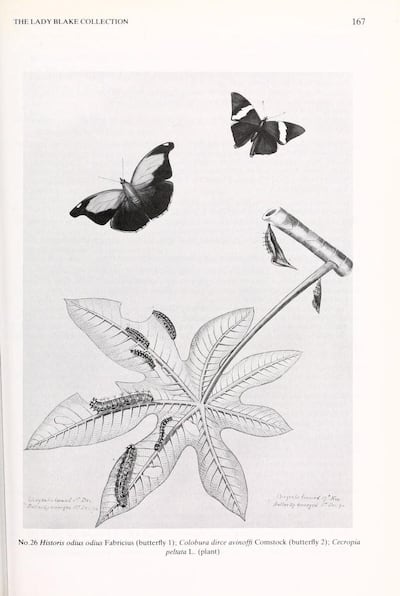Edith Osborne led a privileged yet troubled childhood. Her father, Ralph Bernal, was a liberal MP and a member of a fledgling political dynasty while her mother, Catherine Osborne, was the daughter of a wealthy baronet with extensive landholdings across Ireland.
Their marriage was certainly one of convenience and both seem to have actively loathed each other. Her father spent most of his time in London, while her mother remained with Edith and her sister Grace at their estate in Tipperary. In 1863 her mother even anonymously published a thinly disguised attack on her husband titled 'False Positions', which brought his frequent extramarital affairs to public attention.

Catherine also imparted a love for the arts to her daughters, and their home frequently played host to visiting artists and painters, most notably the Swiss landscape artist Alexandre Calame, and the English watercolourist Thomas Shotter Boys. This passion for the arts would remain with both sisters throughout their lives.
As Edith approached adulthood however, she had to contend with her parents’ paranoid phobia of “fortune hunters”. Her mother felt she alone had the right to determine her daughters’ futures, and would approve any potential suitors. Edith had other ideas, and eloped with widower Henry Blake, then county inspector for the Royal Irish Constabulary. Her family promptly disinherited her and the newlyweds struggled financially at first, but Henry was soon appointed a resident magistrate in Tuam where he oversaw mass evictions, arrests and trials during the height of the Land War.
Blake became one of the most hated figures locally and the animosity against him was such that Edith felt the need to carry a pistol on her at all times in case an attempt was made on his life. Yet while her husband was an inveterate servant of empire, she herself was a close friend and supporter of Anna Parnell, founder of the Ladies' Land League, and roundly condemned Charles Stewart Parnell when he supressed it in 1882.
With her husband now subject to repeated assassination attempts, the British administration felt it would be better to move him to a post overseas. After efforts to have him appointed Governor of Queensland were thwarted by the resident Irish community there he was instead installed as Governor of the Bahamas in 1884. It would be the first of five governorships he would hold over the following 27 years - the others being Newfoundland, Jamaica, Hong Kong and Ceylon (Sri Lanka).
While stationed in Newfoundland he was knighted and his wife became Lady Edith Blake. Lady Blake delighted in her life overseas, yet despite her role as governor's wife, she refused to spend the majority of her time entertaining the partners of the various local elites. Instead she chose to indulge her passion for painting.

She specialised in botanical scenes, particularly butterflies, plants and landscapes. She was a technically gifted artist with the ability to capture minute detail. Her work was so highly thought of it was displayed in a special exhibition at the Museum of Science and Art (the precursor to the National Museum of Ireland) in Dublin in 1894. Later she would bequeath her collection of 196 watercolours to the British Museum, now held by the Natural History Museum in London.
Blake was also a gifted linguist and could speak nine languages including Irish, Russian and Mandarin. A clear and concise writer, she published two books and three plays, and was also a frequent contributor to many leading journals including The Nineteenth Century magazine, the Illustrated London News and The North American Review.
She wrote on a wide array of topics based on her experiences abroad, including a history of the Maroons of Jamaica, the restoration of the Ming Dynasty, the position of women in China and life and death in Ireland. Interestingly while stationed in Hong Kong, two species of oak tree native to the region were named after the Blakes, while later the orchid depicted on the official flag of Hong Kong was named Bauhinia Blakeana in recognition of their efforts to promote the Hong Kong Botanical Gardens.
After her husband's retirement they returned to Ireland in 1907, settling in Youghal in a Tudor manor house once home to Sir Walter Raleigh. The property still remains in the ownership of the family today.
This Extraordinary Emigrants article was written by Nathan Mannion, senior curator of EPIC The Irish Emigration Museum in Dublin’s Docklands, an interactive museum that tells the story of how the Irish shaped and influenced the world.










